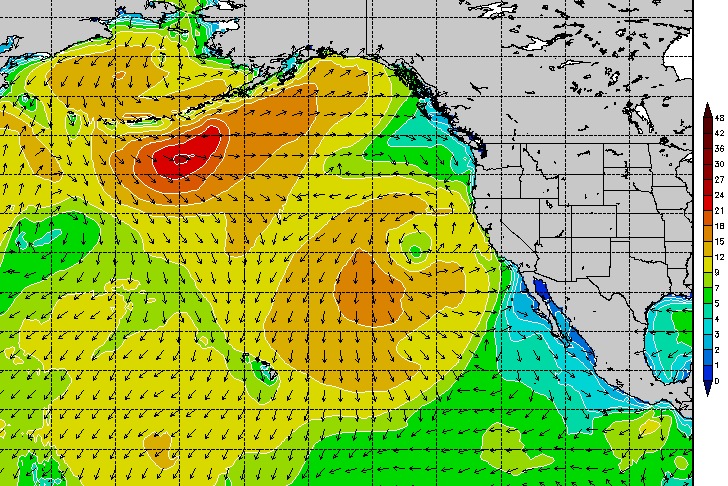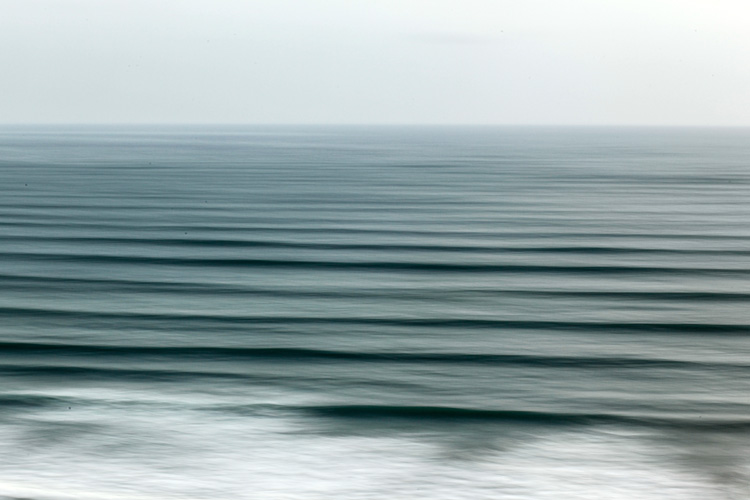The science of surf forecasting tells us that a swell brings a group of waves. But what are the variables playing in the equation until those waves hit the shoreline?
The anatomy of waves is complex. We know that it all starts with the sun and that wind acts as a mechanical architect of ocean waves.
In other words, the surface of the sea is touched and propagates the energy until it finds a block.
Every swell is unique. The most common mistake is when surfers set regular behavior patterns and expect similar surfing conditions for "identical" forecasts. So, what are the main characteristics of a swell?
It all starts in the area hit by winds. The wind blows over a fetch of water and creates waves.
But where is it blowing? Several thousands of miles away from your local break or a mere 500 meters offshore? Over a large area? For how long?
Knowing if a given swell fits in the groundswell or wind swell category makes all the difference. Why? Because ground swells bring clean waves, and wind swells produce choppy rides.
Now that you know which winds are affecting your surf spot, you need to learn the swell height inside the fetch.
Surf forecasting charts will tell you if winds are generating 18-foot waves or three-foot waves.
One thing is certain: if the swell has enough power, it will reach the coastline.
You've confirmed its strength: time to check the swell period, i.e., the time between waves.
Longer wave periods mean good surfing sessions; shorter swell periods translate into white water surf.

Swell Angle and Wave Decay
Finally, it's time to meet the swell angle, wave decay, and angular spreading concepts.
A subtle change in the direction of the wave train can drastically transform the surf conditions on your local beach.
Waves may bend and break, or they might simply disappear if the swell angle isn't ideal near you.
And then, you add an extra factor: wave decay. As the wave train travels in the open ocean, it loses energy over distance.
For example, a swell generated at 4,000 nautical miles will have an estimated decay factor of 0.14.
This means that a 20-foot swell formed 4,000 nautical miles away in the open ocean will reach the coastline, offering 2.8-foot surfing waves (20 x 0.14).
However, if your favorite surf spot is angled away from the direction of the swell, you will have to apply the energy dissipation factor named angular spreading.
The wave height loss will be 50.70 percent at 90 degrees, about 13-30 percent at 60 degrees, 5-10 percent at 30 degrees, and 5 percent at 15 degrees.
In the end, the 2.8-foot surf may rapidly be cut to 1.4-foot summer waves at a right angle (90 degrees).
